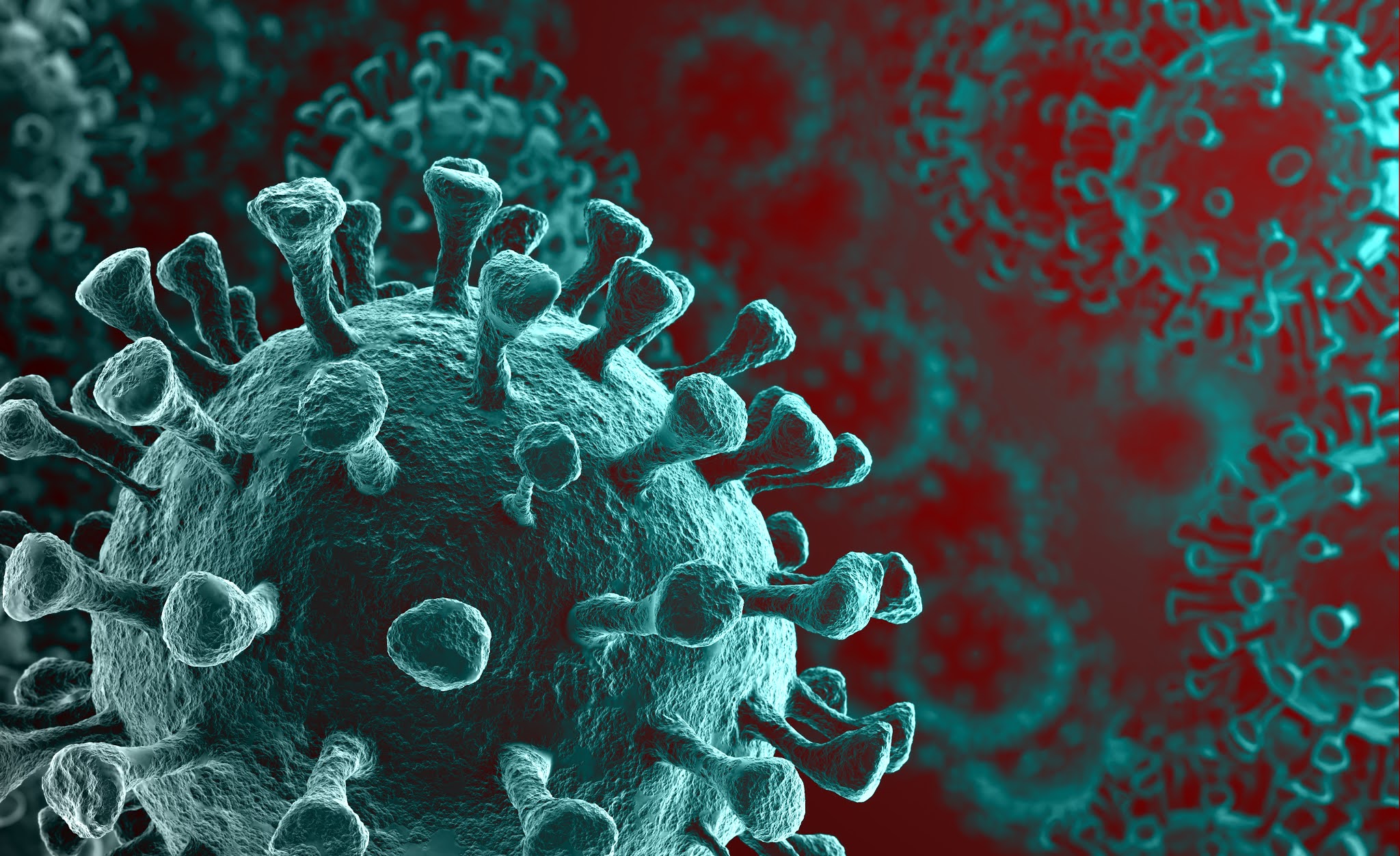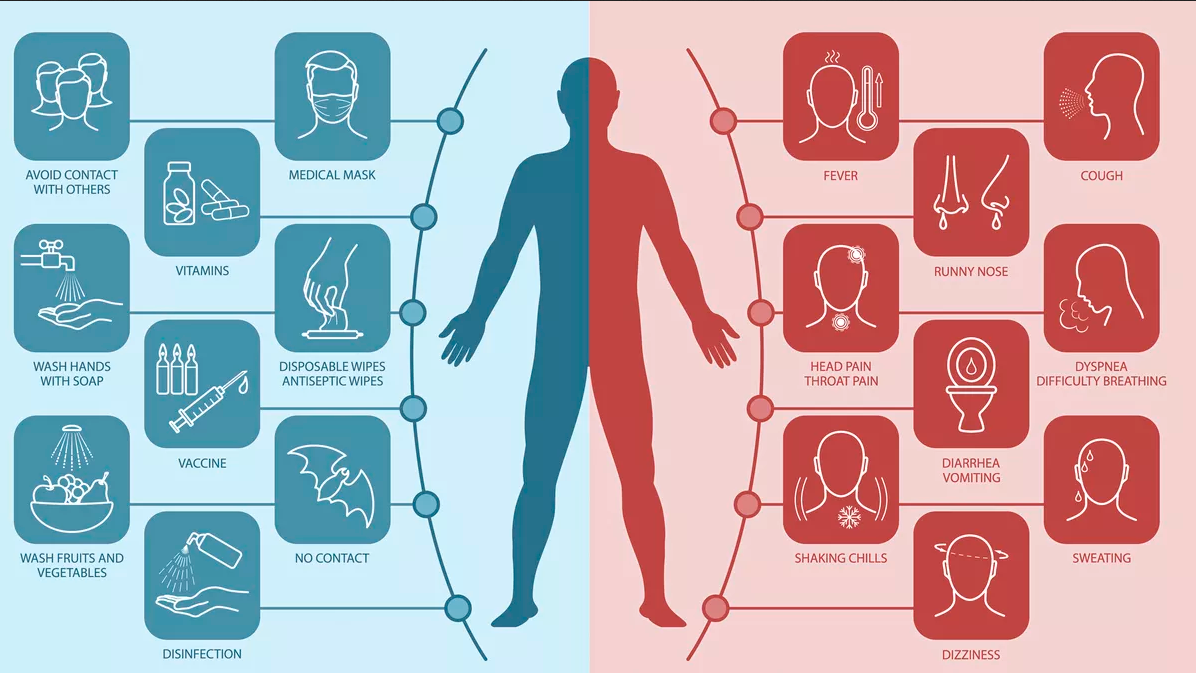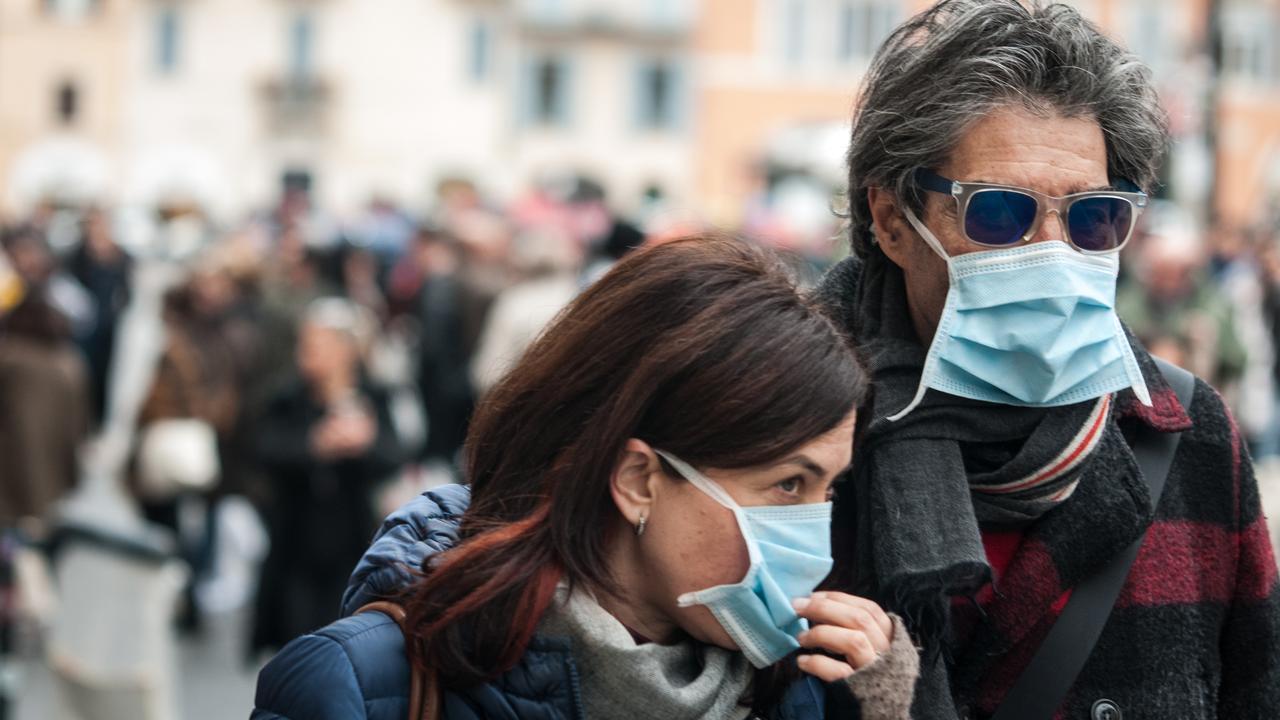Coronaviruses are a kind of virus. There are multiple various kinds, and a few make disease. A newly named coronavirus, SARS-CoV-2, has begun a worldwide pandemic of respiratory disease, called COVID-19.
:COVID-19
COVID-19 is that the attack caused by the new coronavirus that began in China in December 2019.
COVID-19 symptoms include cough, fever or chills, shortness of breath or difficulty breathing, muscle or body aches, pharyngitis, the new loss of taste or smell, diarrhea, headache, new fatigue, nausea or vomiting, and congestion or runny nose. COVID-19 is often severe, and a few cases have caused death.
The new coronavirus is often spread from person to person. it's diagnosed with a laboratory test.
There is no coronavirus vaccine yet. Prevention involves frequent hand-washing, coughing into the bend of your elbow, staying home once you are sick, and wearing a cloth face covering if you cannot practice physical distancing.
How does the new coronavirus spread?
- Cough
- Fever or chills
- Shortness of breath or difficulty breathing
- Muscle or body aches
- Sore throat
- New loss of taste or smell
- Diarrhea
- Headache
- New fatigue
- Nausea or vomiting
- Congestion or runny nose
How is COVID-19 diagnosed?
Diagnosis may be difficult with only a physical exam because cool cases of COVID-19 may appear similar to the flu or a bad cold. A laboratory analysis can confirm the diagnosis
How is COVID-19 treated?
As of now, there is a specific treatment for the virus. People who become weak from COVID-19 should be treated with supportive measures: those that help symptoms. For severe cases, there may be additional options for practice, including research drugs plus therapeutics.
Does COVID-19 cause death?
As of January 25, 2021, 2,130,995 deaths have been attributed to COVID-19. However, 54,831,886 people have recovered from the illness.









0 Comments